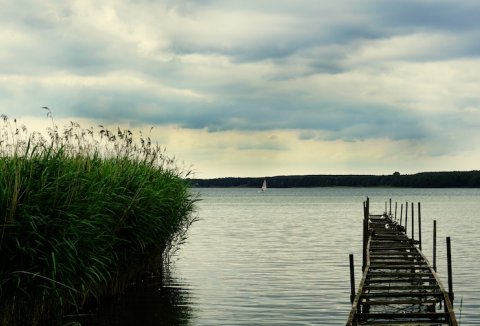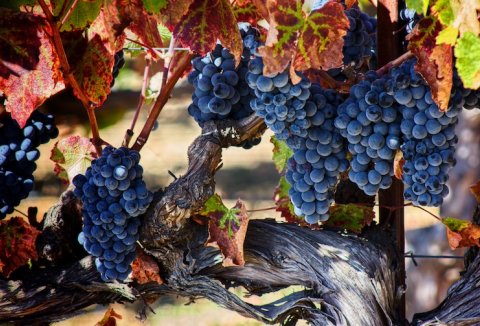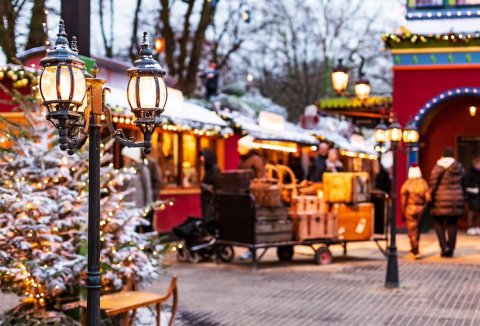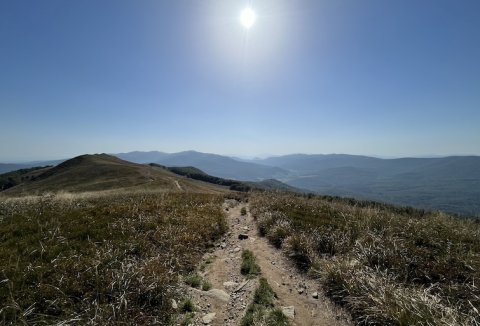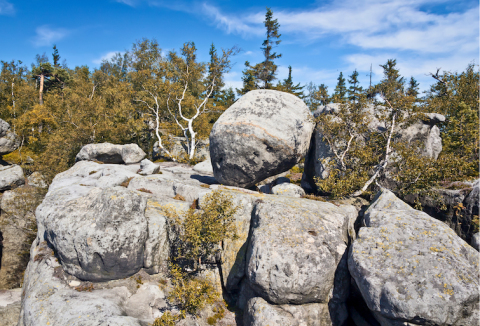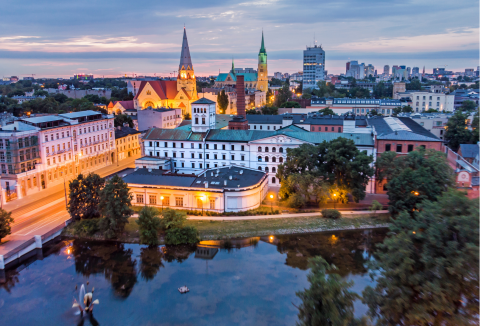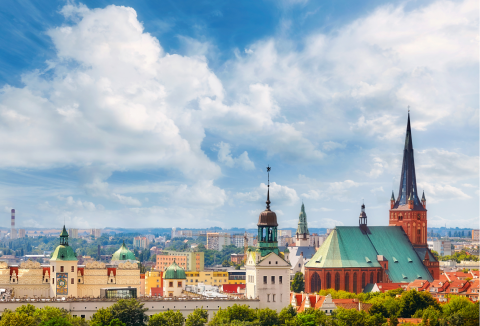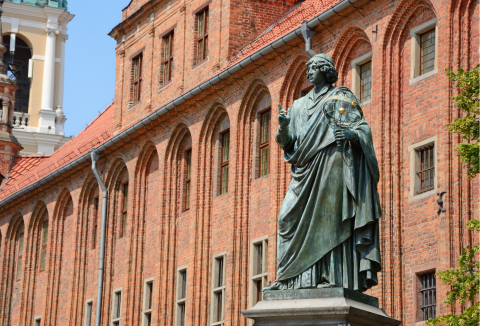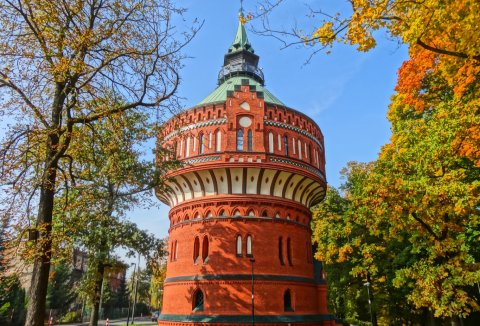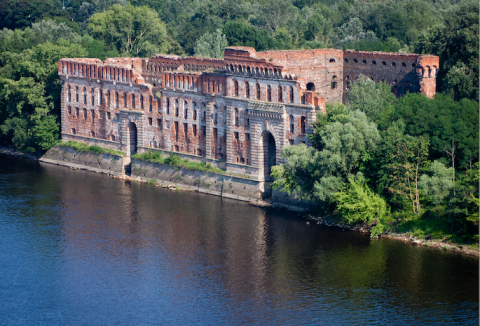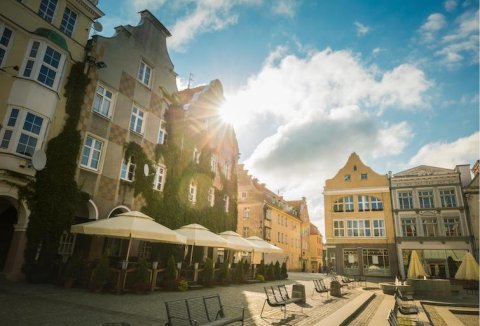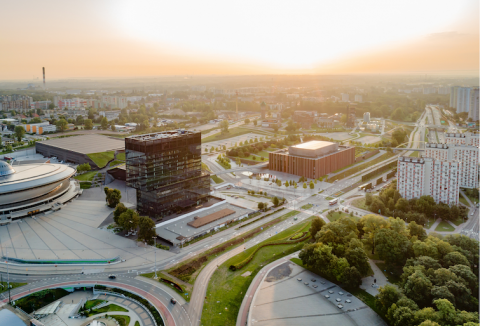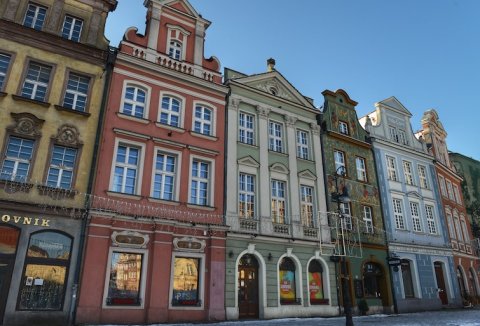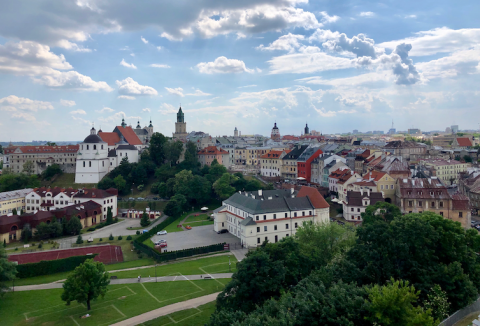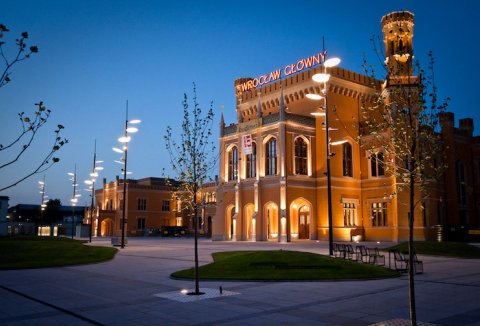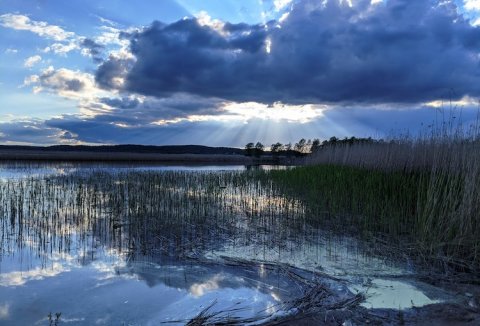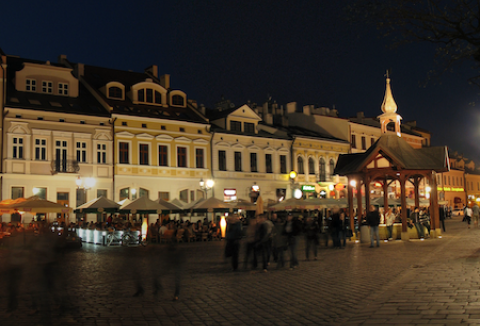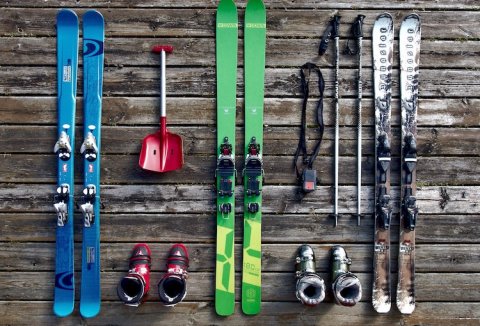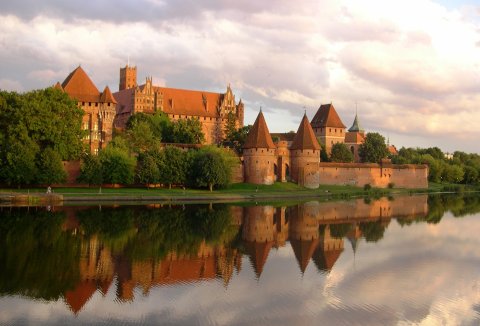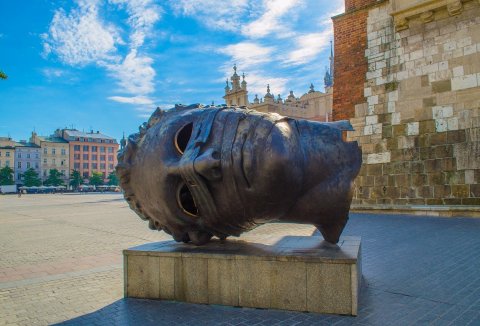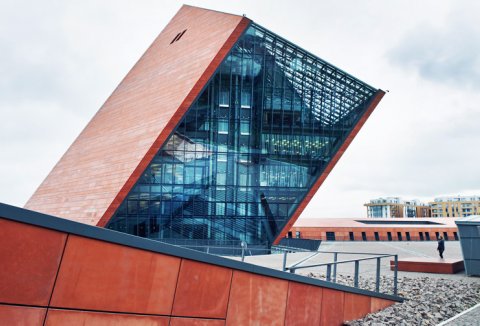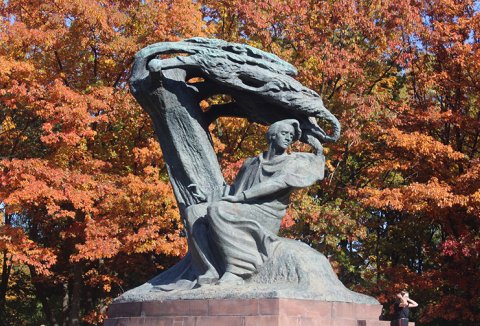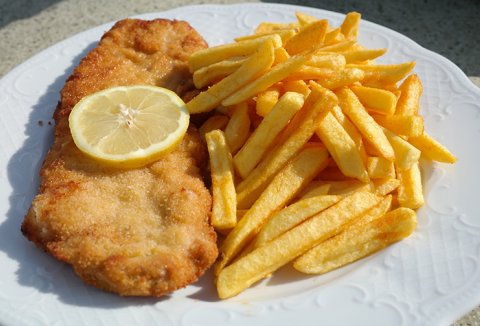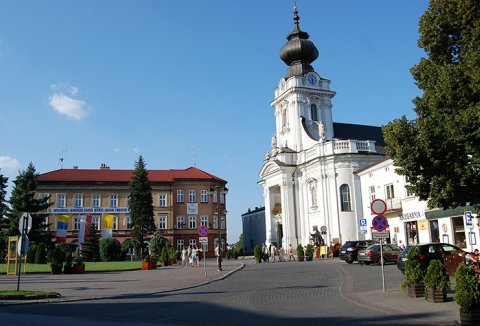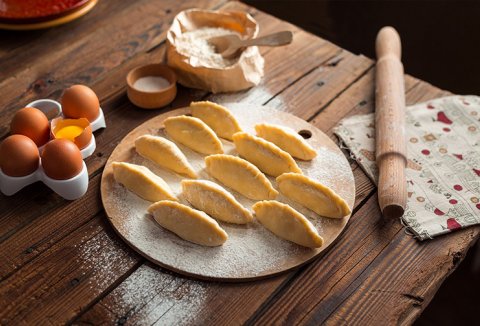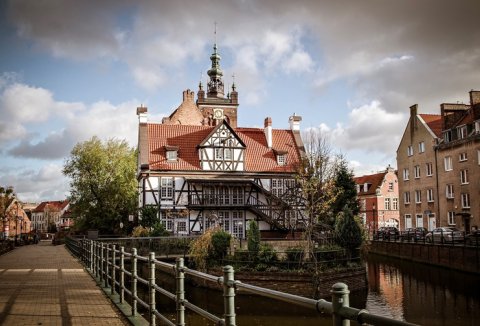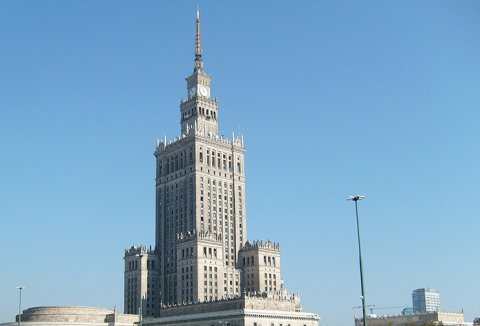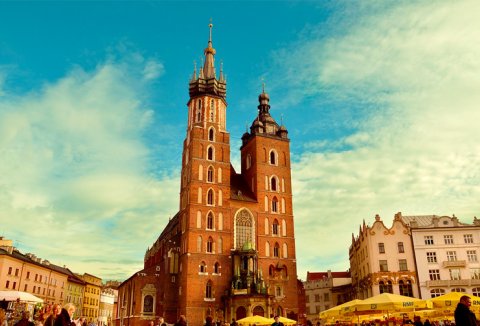Katowice: more than just mines
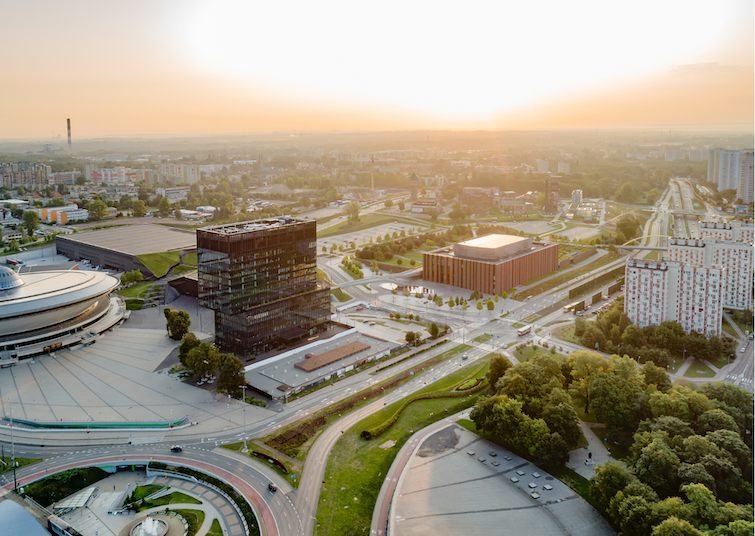
A few words about the city's history
Although Katowice has been mentioned as early as the 13th century, the city's history began for good in the mid-19th century, when the railway reached it. In 1865 Katowice was granted city rights and expanded according to Nottenbohn's project. Due to the wealth of natural resources - mainly coal - steelworks and mines were built in Katowice.
While for Prussia Katowice was a provincial industrial town, for Poland it became an economic centre. The newly annexed Silesia became the richest region and Katowice was its capital. In 1927 Katowice gained an airport at Muchowiec, from which, from 1929 onwards, planes flew regularly to the capital, as well as to Poznan and Krakow, Vienna and Brno.
After the Second World War Katowice strengthened its position as the most important city in Silesia and gained in terms of culture and education. In turn, the period after the political transformation marked the city's rapid development into a modern European metropolis.
At the crossroads of important routes
Thanks to its industrial character Katowice has excellent transport connections not only with the rest of the country but also with Europe. It is here that two motorways intersect - the A1 running north to south and the A4 connecting Lower Silesia with the Podkarpacie region. You can also get to Katowice from Warsaw by the fast train Pendolino or by plane to the international airport Katowice-Pyrzowice.
What is there to see?
Although Katowice's landscape is dominated by the city's industrial heritage, it is worth discovering its lesser-known side. Once the ugly duckling, today it’s a city in bloom that attracts with its mining tradition, Silesian distinctiveness and modern architecture.
Nikiszowiec
This historical red-brick miners' housing estate is a postcard-like place which takes us back to the beginning of the 20th century. It was built between 1908 and 1918 for the workers of the Giesche coal mine. It was designed in such a way that within the settlement there was everything one might need to live - schools, shops, restaurants, a police station and a church. The residential buildings, so called familoki, are three-storey high and have window openings painted with red paint. In 2011 Nikiszowiec was declared a monument of history.
Spodek (The Saucer)
The famous sports and entertainment hall owes its name to its shape resembling a UFO vessel. A year ago, Spodek celebrated its 50th birthday - despite the passing years, the building still surprises with its futuristic architecture. It is an important place on the cultural map of Katowice - Pearl Jam, Rammstein, Metallica and Modern Talking, among others, have played here.
Cultural Zone and the Silesian Museum
The former mining area near Spodek is now home to the modern Congress Centre, the National Polish Radio Symphony Orchestra and the Silesian Museum. This is a piece of good modern architecture, which at the same time benefits from the heritage of the place - on top of the former mine shaft there is now a viewpoint. It's worth taking a stroll around here; be sure to visit the Silesian Museum to learn more about the region's history.
Market Square
Recent years and numerous investments in the city centre have brought changes in the appearance of the central square. Once ugly and concrete, today it has much more to offer: an artificial river with deckchairs and palm trees (the so-called Buenos Aires or California of Katowice), an event area for various events and finally the Flower Square, where - as the name suggests - you can buy flowers.
Kościuszko Park
After a walk around the city centre, it's worth taking a rest in the Kościuszko Park. This is the biggest park in the city - its area is as big as 72 acres. There is the famous 50 m high Parachute Tower (it was from here that scouts resisted the Wehrmacht forces in September 1939). Promenade concerts are held here in the summer.
Bonus attractions
Katowice is part of the Upper Silesian conurbation, an urban agglomeration that also includes other cities. Therefore, we recommend as a bonus two other attractions - the Guido Mine in Zabrze and the Silesian Park in Chorzów.
Guido mine - Zabrze
You can't leave Silesia without visiting at least one mine. We recommend Guido, which can be reached within 20 minutes from the centre of Katowice. Open for visitors since 2007 the mine is a real treat for everyone. The guide takes tourists several hundred metres underground, where he tells about the miners' work in the 19th and 20th century.
Silesian Park - Chorzów
This is the second largest city park in Europe, covering 620 acres. Here you can meet runners, cyclists, in-line skaters and ordinary strollers. It is home to the Silesian Merry-Go-Round, the Zoo and the Silesian Stadium. There is even a gondola lift!
Gastronomy
Finally, it's worth mentioning something about Silesian cuisine. Perhaps the best known dish is a roulade with red cabbage and boiled potatoes. Also popular are karminadle, similar to minced meat cutlets from other parts of Poland, and krupniok, something like black pudding. Silesian dumplings, which are somewhat reminiscent of Italian gnocchi, have also become famous throughout Poland.










